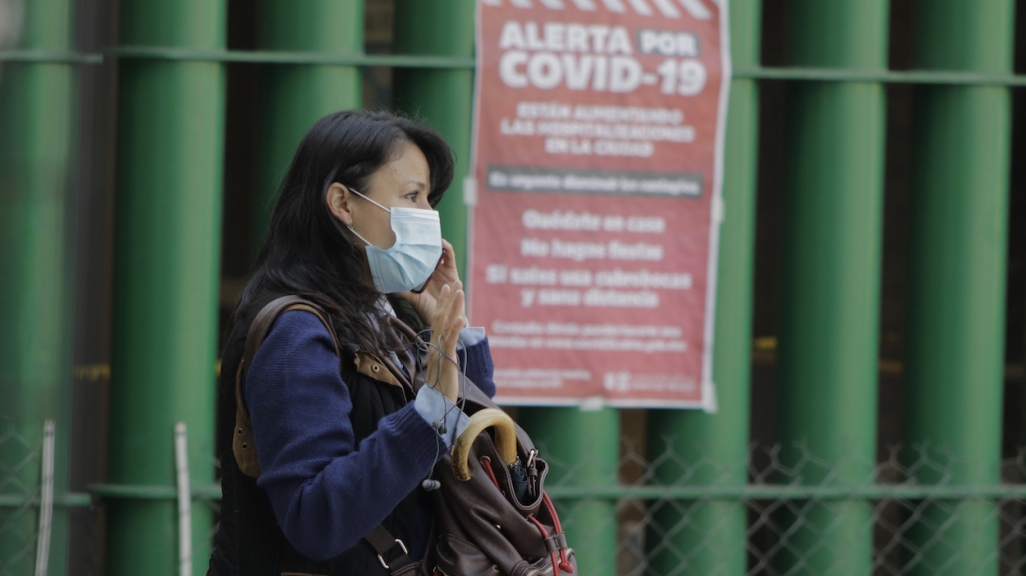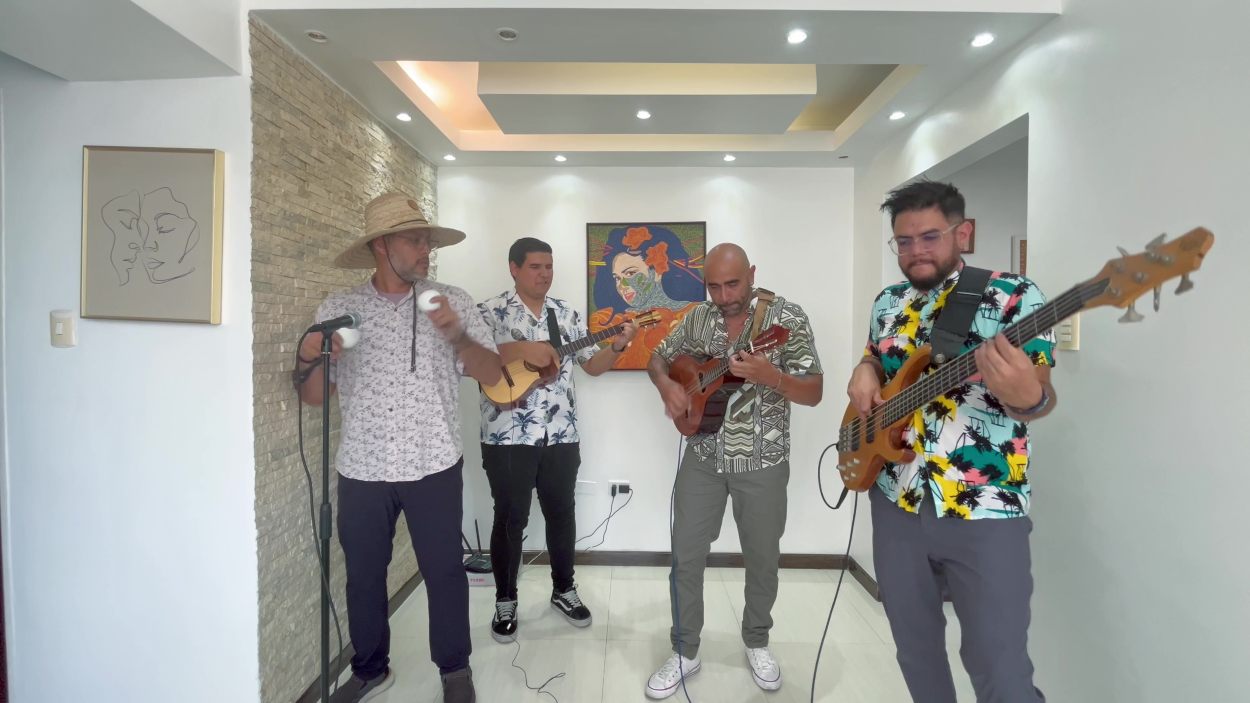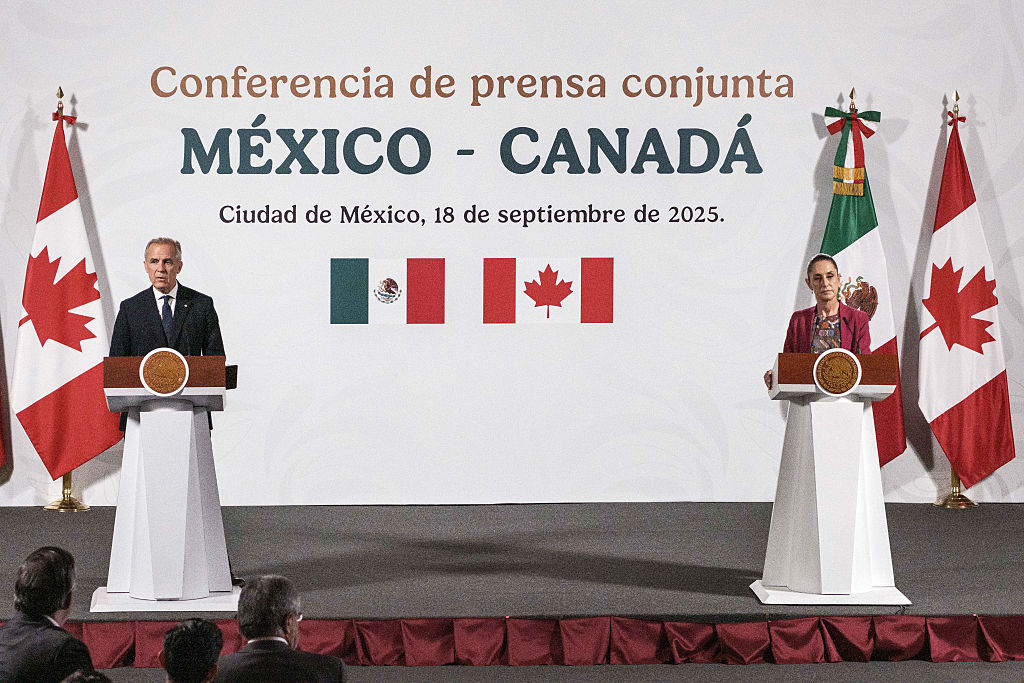Covid Check-in: Mexico's Challenging Start to 2021
Covid Check-in: Mexico's Challenging Start to 2021
From President López Obrador’s positive coronavirus diagnosis to the country crossing the 150,000 death threshold, Mexico closes January contending with a pandemic surge.
Mexico is going through a difficult pandemic period, to say the least. On January 24, President Andrés Manuel López Obrador announced he had the coronavirus with mild symptoms. On January 25, news broke that the country’s wealthiest man, Carlos Slim, did as well. But the hardest blow came that same evening when the Health Ministry revealed that Mexico, after a series of record-breaking counts in January, had crossed a painful threshold: more than 150,000 confirmed coronavirus deaths since the first confirmed COVID-19 case was announced on February 28, 2020. Even that figure downplays the severity of the crisis, as there is evidence that the confirmed total is a vast undercount, per the government’s own data.
AS/COA Online covers major developments and Covid-19 vaccine rollouts as countries strive to return to normalcy.










